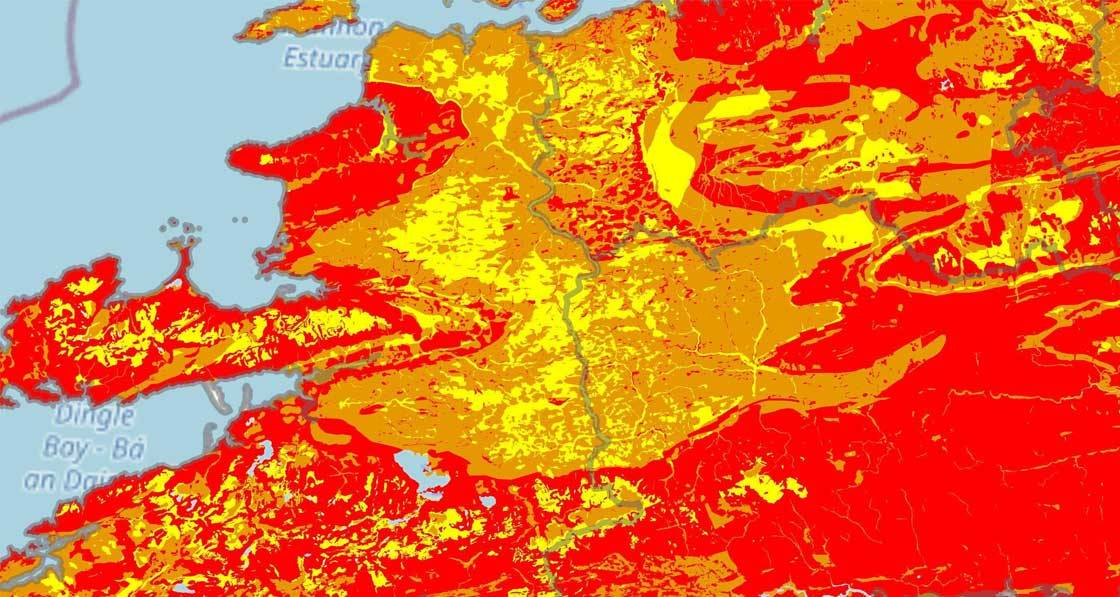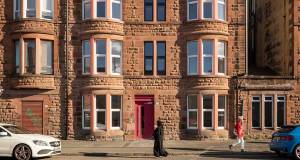
- Government
- Posted
45,000 more Irish homes face radon risk, new maps reveal
New radon maps, launched by the Environmental Protection Agency today at the National Radon Forum, show an increased risk from radon in Ireland, with 170,000 homes now predicted to be at risk of radon exposure above the national reference level.
This is an increase of 45,000 homes, from the previous estimate in 2002. The new maps update the radon risk assessment for the country and show that large parts of the country - particularly in Munster and Connacht - have been found to be at increased risk from radon. The map is based on work completed by Trinity College Dublin, the Geological Survey of Ireland and the Economic and Social Research Institute alongside the EPA.
Michéal Lehane, EPA director, speaking at today’s National Radon Forum, said: “Radon is a serious public health hazard. The new maps combine thousands of radon measurements, with detailed geological information, and are a significant revision of the previous map from 2002. More importantly, the new maps make it easy for everyone to find out the radon risk in their local area using the eircode search on the EPA website. We urge people to test for radon as this is the only way of protecting you and your family from this cancer-causing gas.” Employers too have a responsibility to ensure that their employees are protected from exposure to this radioactive gas.
Research published last year, and written about in Passive House Plus, found that passive houses may be at significantly less risk of radon build-up than conventional dwellings. The research found that the average radon levels in passive houses was less than half that in neighbouring, conventionally-built homes. This is likely to be because passive dwellings feature mechanical ventilation systems that effectively remove indoor pollutants.
Yvonne Mullooly, assistant chief executive of the Health and Safety Authority (HSA), welcomed publication of the new radon maps, saying: “Employers in high radon areas are obliged to test their workplaces for radon. The new maps enable them to clearly identify where they are legally obliged to test, so allows for targeting of resources in the areas where the risk from radon is highest. The HSA will continue to support employers by providing information, and through our on-line risk assessment BeSMART tool www.BeSMART.ie."
Radon testing is simple and inexpensive and, where necessary, reducing high radon levels in a building is also straightforward. The maps are now available on the EPA’s website and are searchable by Eircode and by address.
Radon is a radioactive gas that originates from the decay of uranium in rocks and soils. Exposure to radon is linked in up to 350 cases of lung cancer in Ireland each year. It has no smell, colour or taste and can only be detected using special detectors. Outdoors, radon quickly dilutes to very low concentrations, but when it enters an enclosed space, such as a house, workplace or other building, it can accumulate to unacceptably high concentrations.
Some parts of the country are more at risk from radon than others. These areas are called high radon areas. This is an area where the EPA predicts that more than 10 per cent of dwellings will have radon concentrations above the national reference level.
Radon measurement is simple and inexpensive and, if high radon levels are found, fixing radon problems is straightforward. The EPA provides a list of registered radon measurement services. The EPA also publishes a list of registered contractors who offer a radon remediation service if high levels are found. The EPA radon team are also available to answer your queries at This email address is being protected from spambots. You need JavaScript enabled to view it. or 1800 300 600.
Last modified on Thursday, 09 June 2022 15:33







